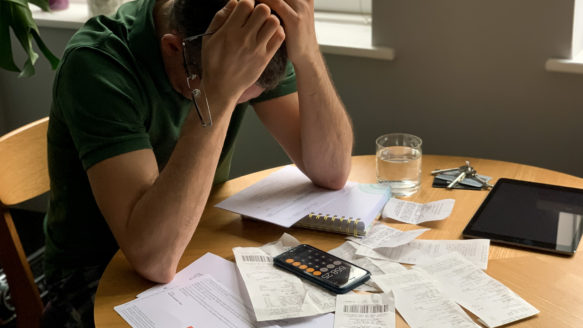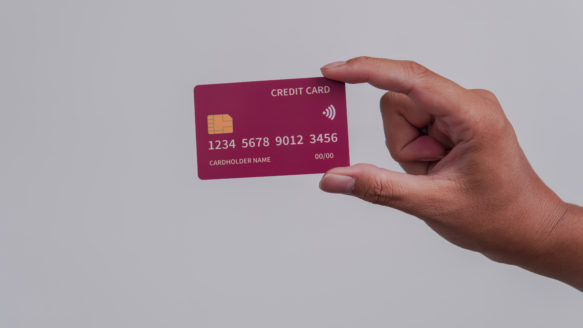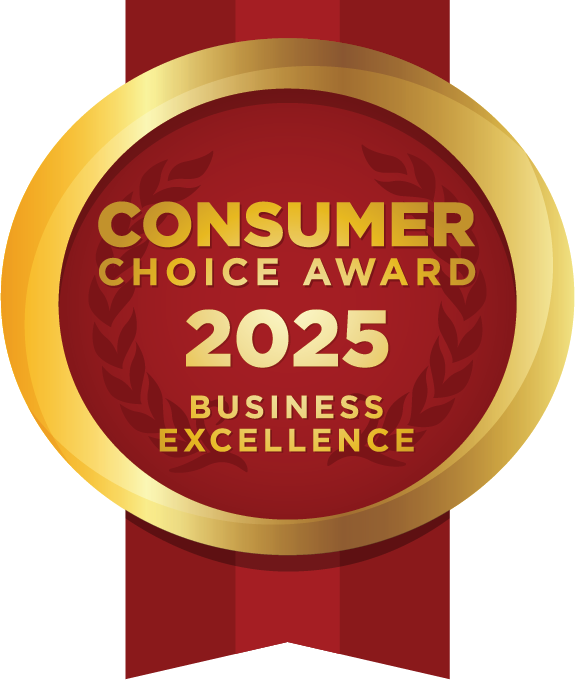
How to Pay Off Your Debt Using the Snowball Method
Do you budget for a certain amount of money each month to repay your debts but aren’t sure why they don’t decrease as fast as you expect? Try a simple strategy that won’t cost you any more per month and allows you to see real progress. We call it Roll Down Your Debts. This method focuses on eliminating one debt at a time rather than trying to pay down your debts all at the same time.
Let’s take a closer look at how the Roll Down method works to repay consumer debt.
Step 1: Pay your minimums
To maintain a healthy credit rating, make sure you pay the minimum payments on all of your debts each month. You don’t want to rob Peter to pay Paul. Minimum payments are generally between 3% and 4% of the total amount owed. Here’s an example of common consumer debt:
| Debt | Total Owing | Interest | Minimum Payment |
| Department Store | $1500 | 28% | $50 |
| MasterCard | $1250 | 17% | $40 |
| VISA | $2000 | 10.5% | $60 |
| Personal Loan | $2500 | 8.5% | $75 |
| Total Minimum Payments | $225 |
Step 2: Budget your additional debt repayment amount
In the breakdown above, the minimum payments add up to $225. Can you fit another $75 toward your debts each month? It would go a long way towards getting ahead of your debts without breaking the bank.
Step 3: Highest interest rate vs. lowest balance
Now that you’ve allotted $300 per month towards debt repayment, you need to decide where to start. You can choose to start with the highest interest rate to avoid paying the most interest to your creditors. Another option is to pick the lowest balance and get the added boost from eliminating a debt quickly. Let’s start with the highest interest rate from our example―the Department Store card.
Step 4: Break down monthly payments
By putting that extra $75 towards your highest interest debt, your repayments would look like this:
| Debt | Interest | Minimum Payment |
| Department Store | 28% | $125 |
| MasterCard | 17% | $40 |
| VISA | 10.5% | $60 |
| Personal Loan | 8.5% | $75 |
| Total Minimum Payments | $300 |
Step 5: Taking the next step
Once the first debt (the Department Store card) is paid off, it’s time to shift the extra money to the next highest interest rate debt (MasterCard in this case). The best part: instead of adding $75 to the minimum payment, you’re adding $125 for a total of $165. This will knock off the second debt in no time flat!
| Debt | Interest | Minimum Payment |
| MasterCard | 17% | $60 |
| VISA | 10.5% | $165 |
| Personal Loan | 8.5% | $75 |
| Total Minimum Payments | $300 |
Step 6: Watch your debts disappear
Once the second debt is repaid, you can apply the same idea to the third highest interest rate. In this example, you’re now paying $225 to Visa each month until it’s down to zero.
| Debt | Interest | Minimum Payment |
| VISA | 10.5% | $225 |
| Personal Loan | 8.5% | $75 |
| Total Minimum Payments | $300 |
At that point, your entire debt repayment budget goes towards paying down the Personal Loan.
| Debt | Interest | Minimum Payment |
| Personal Loan | 8.5% | $300 |
| Total Minimum Payments | $300 |
With the Roll Down method, you’ll be debt-free much faster and it will cost you much less money in interest in the process.
Step 7: Turn debt payments into savings account
By using the Roll Down method, you’ve already planned to pay a certain amount of money each month toward your debt. Now it’s time to make those funds work for you! Whether you choose a Registered Retirement Savings Program (RRSP), a Tax-Free Savings Account (TFSA), a savings account dedicated to a holiday/new car/any other goal, you’ll switch from paying interest to earning it.
And the best part: you will be able to pay off your new purchases at little or no interest thanks to your newfound savings!








